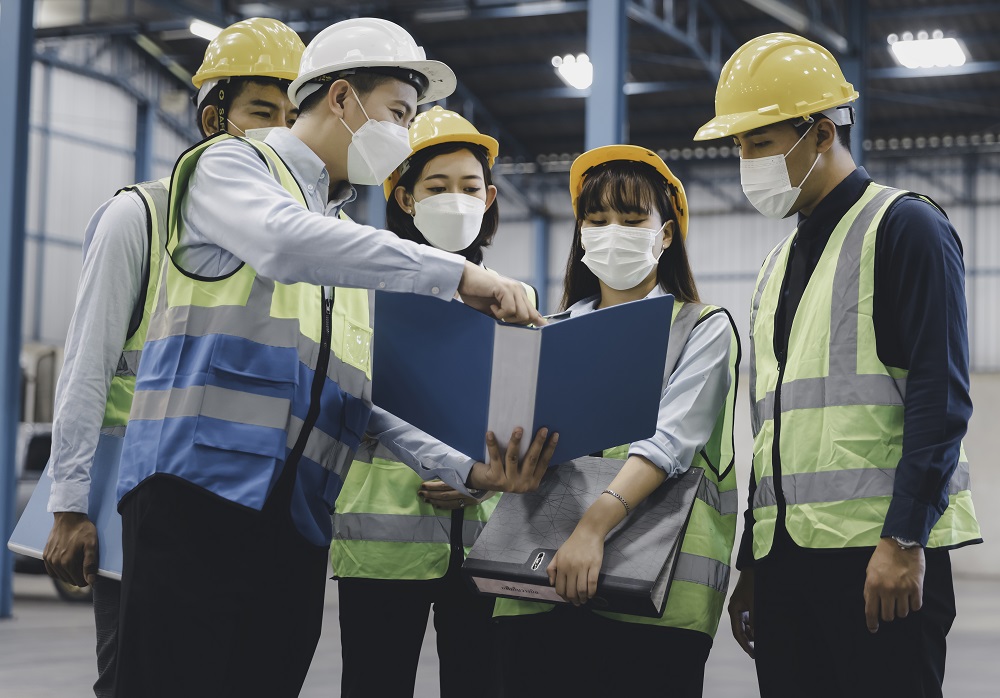Introduction:
In the ever-evolving landscape of safety measures, Personal Protective Equipment (PPE) plays a pivotal role in safeguarding individuals across various industries. Understanding the different levels of PPE protection is crucial for ensuring the right equipment is used in specific work environments. This comprehensive article explores the four levels of PPE protection, delving into recent news and providing insights to empower individuals and organizations in prioritizing safety.
Level 1: Basic Protection
The first level of PPE protection involves basic equipment designed to provide minimal protection. This includes items like gloves, safety glasses, and earplugs. While these may seem straightforward, recent developments highlight the importance of even basic protection in preventing common workplace injuries. Innovations in materials and design have enhanced the comfort and effectiveness of these fundamental PPE elements.
Level 2: Enhanced Protection
Moving up the hierarchy, the second level of PPE protection encompasses more advanced gear to address specific hazards. This includes items such as respirators, face shields, and high-visibility clothing. Recent news underscores the significance of enhanced respiratory protection, particularly in the context of airborne contaminants and respiratory illnesses. Innovations in respirator technologies contribute to improved wearer comfort and filtration efficiency.
Level 3: High-Level Protection
The third level of PPE protection involves high-level gear designed for environments with significant risks. This includes full-body suits, chemical-resistant gloves, and helmets with face shields. Recent incidents highlighting the need for comprehensive protection against chemical, biological, radiological, and nuclear (CBRN) threats emphasize the critical role of high-level PPE. Ongoing advancements focus on developing more lightweight and breathable materials without compromising protective capabilities.
Level 4: Maximum Protection
The highest level of PPE protection is reserved for the most hazardous environments. This includes encapsulated suits, self-contained breathing apparatus (SCBA), and specialized equipment for extreme conditions. Recent advancements in Level 4 PPE focus on increasing mobility and incorporating smart technologies to monitor environmental conditions and the wearer’s health. These developments are particularly relevant in industries such as hazardous waste management and emergency response.
Recent News and Trends:
Recent events and trends in the realm of PPE highlight the industry’s response to global challenges, such as the COVID-19 pandemic. The demand for innovative respiratory protection solutions, including N95 respirators and other high-filtration masks, has surged. The pandemic has accelerated research and development efforts, leading to improvements in mask design, filtration efficiency, and overall wearer comfort.
Furthermore, the integration of smart technologies, such as wearable sensors and connectivity features, has gained traction in the PPE landscape. These technologies offer real-time monitoring of environmental conditions, wearer vitals, and equipment integrity, enhancing overall safety and responsiveness.
Ensuring Proper PPE Selection:
Selecting the appropriate level of PPE is contingent upon conducting thorough risk assessments in specific work environments. Recent incidents emphasize the importance of adapting PPE protocols to emerging threats. It is crucial for individuals and organizations to stay informed about the latest advancements, regulations, and guidelines to make informed decisions regarding PPE selection and usage.
Conclusion:
In conclusion, understanding the four levels of PPE protection is essential for fostering a culture of safety in various industries. Recent developments underscore the dynamic nature of the PPE landscape, with innovations aimed at improving comfort, functionality, and protection. By staying informed and adapting to evolving challenges, individuals and organizations can prioritize safety and contribute to creating work environments that are resilient, secure, and conducive to the well-being of all.

